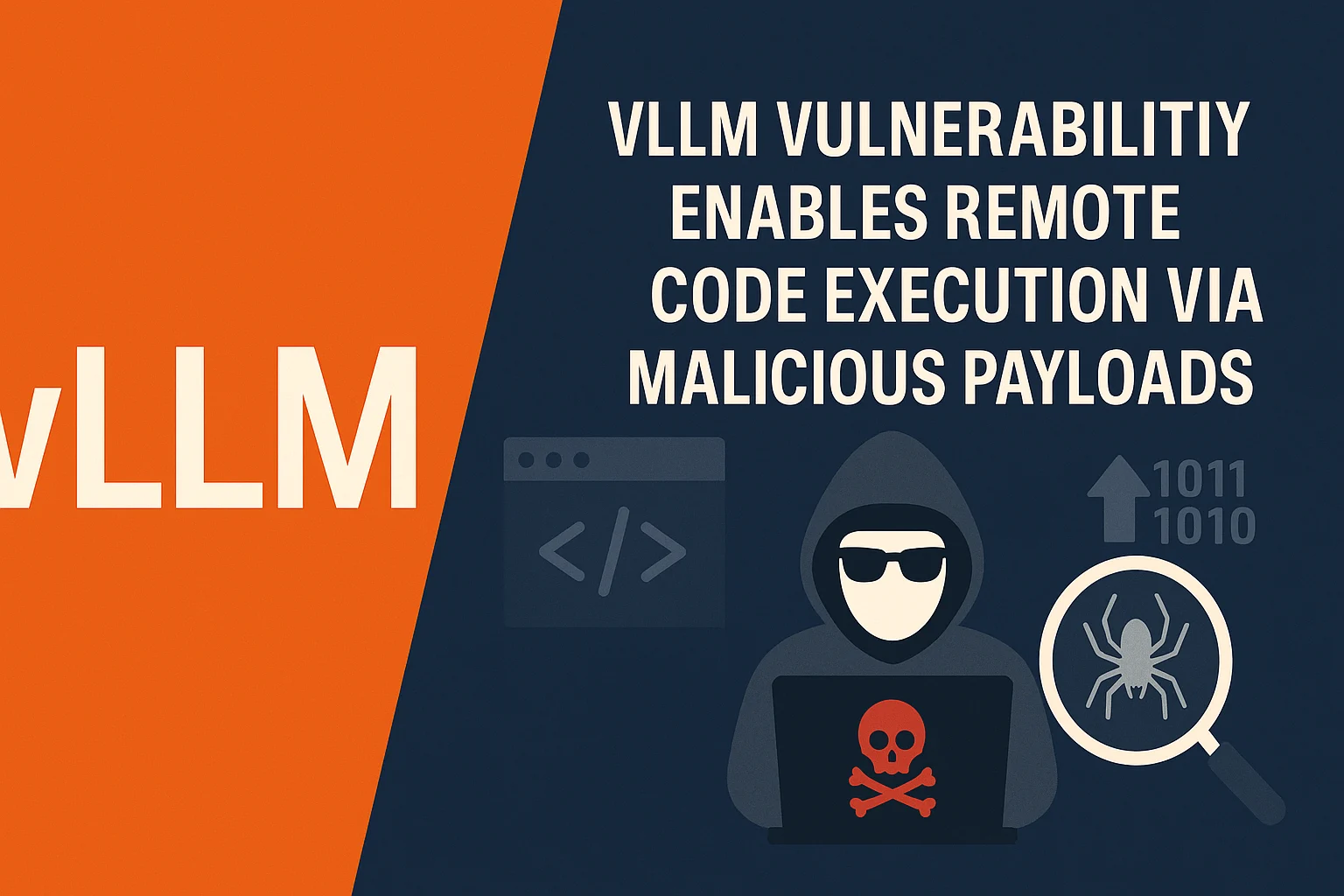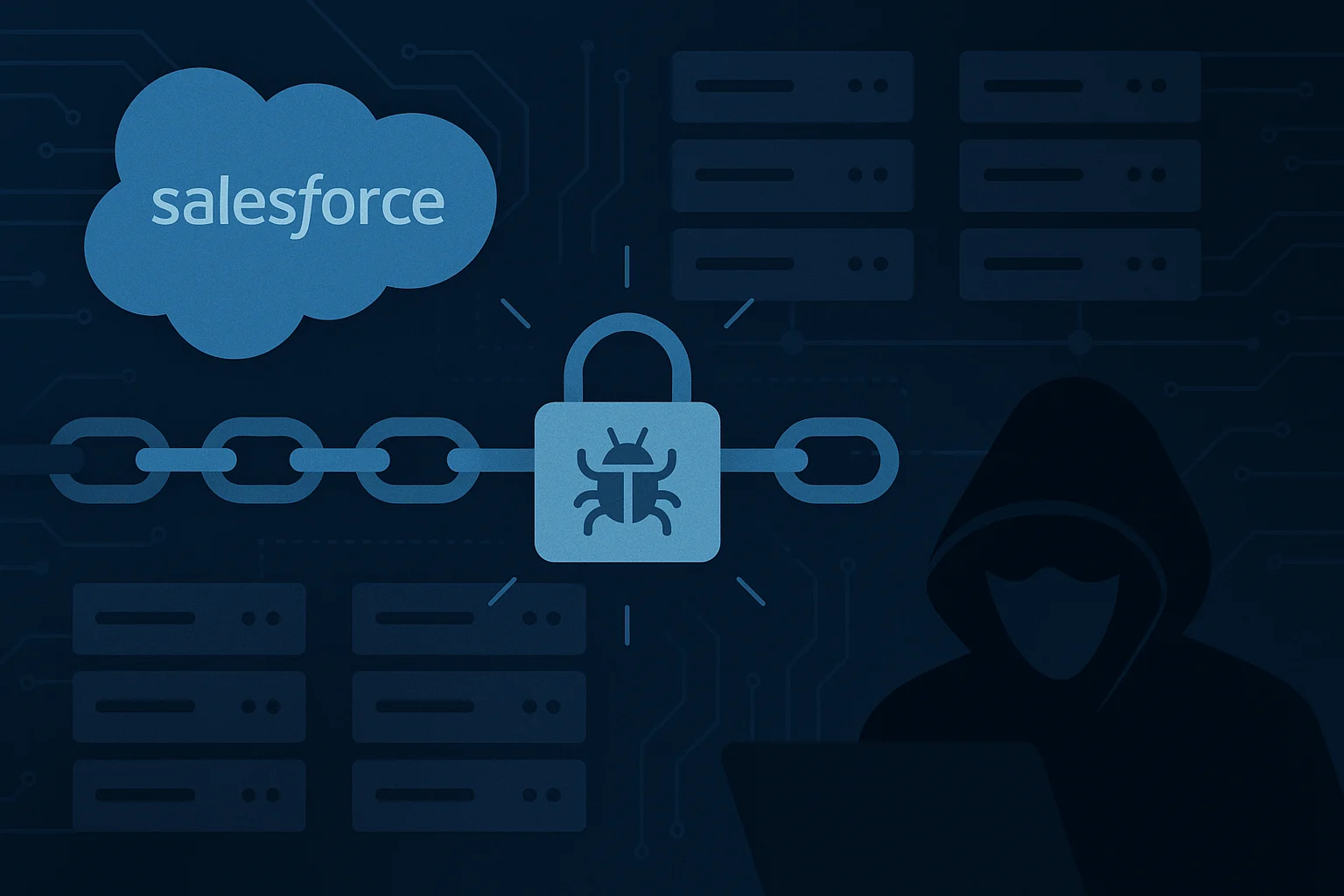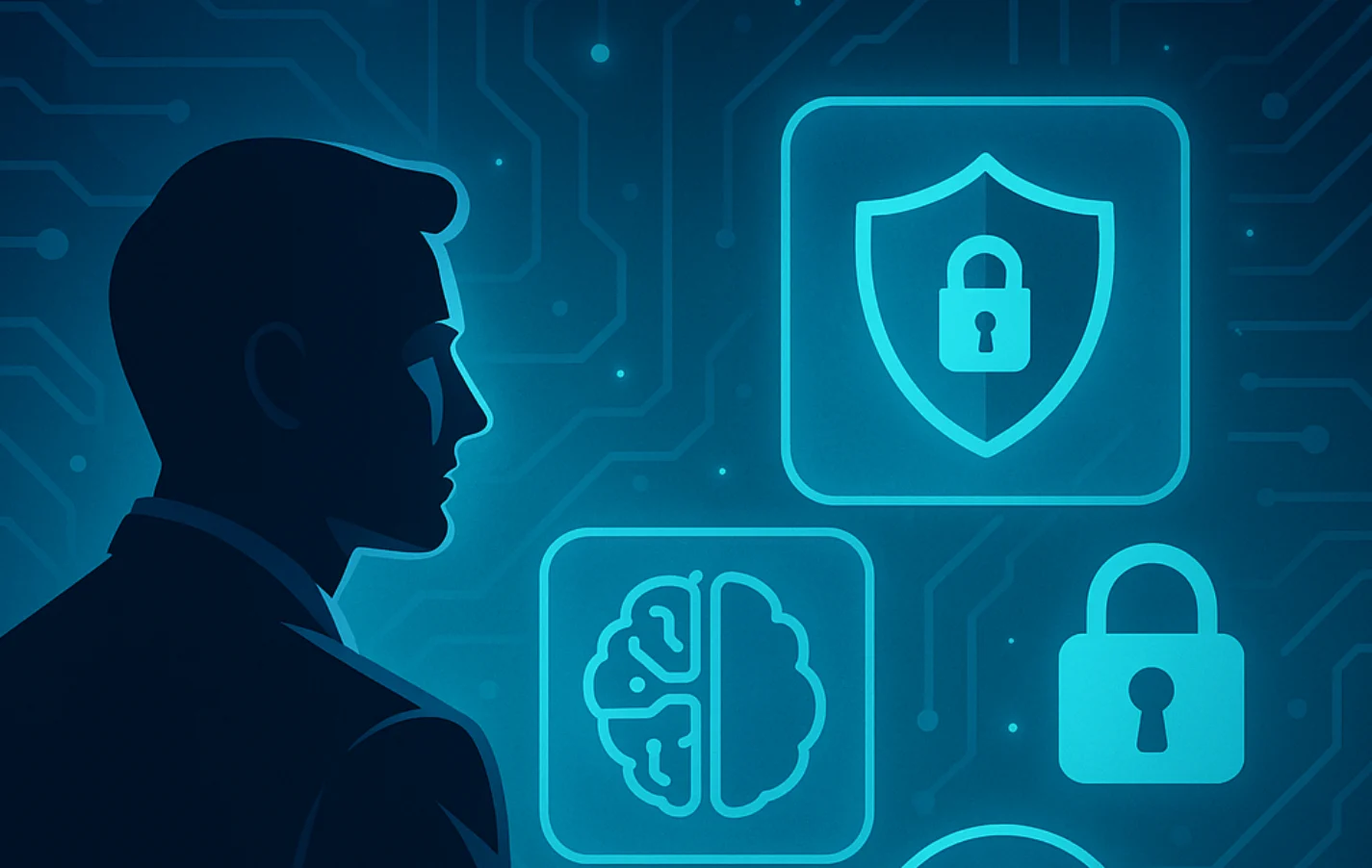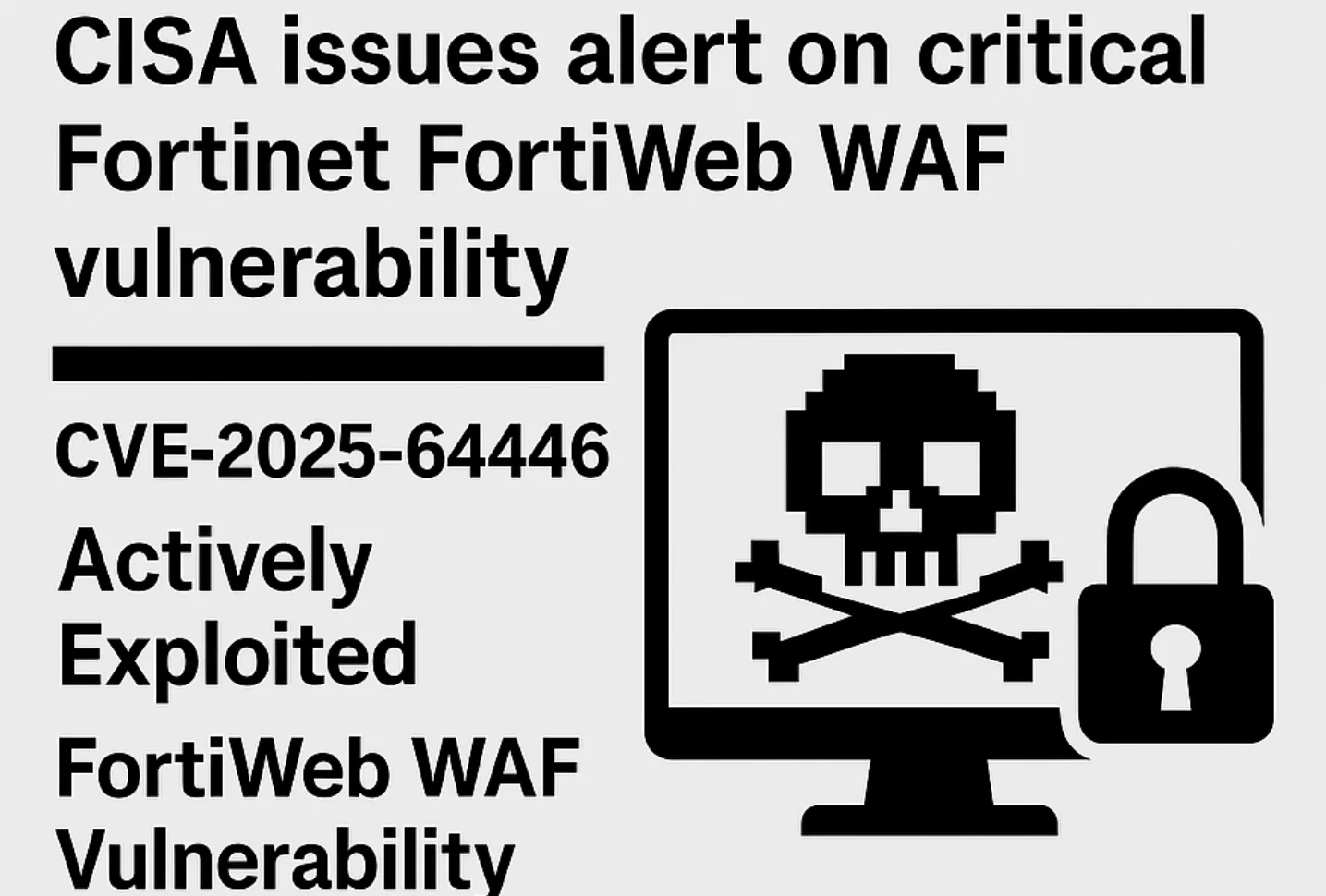Organizations deploying artificial intelligence infrastructure face a significant new security challenge following the discovery of a critical vLLM vulnerability that enables remote code execution through maliciously crafted API requests. This memory corruption vulnerability affects one of the most widely used large language model serving platforms and demands immediate attention from security teams managing AI infrastructure security.
Read More








